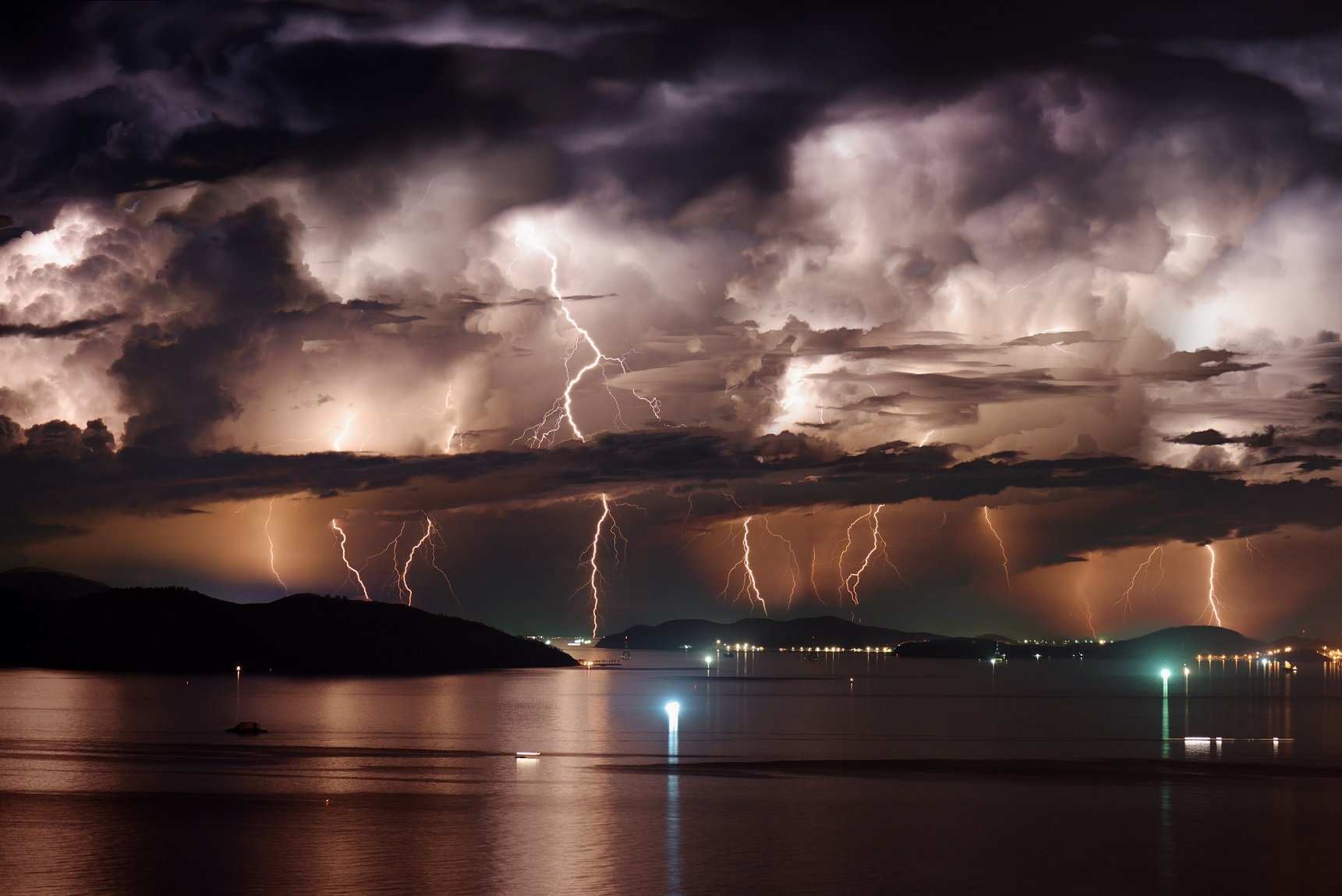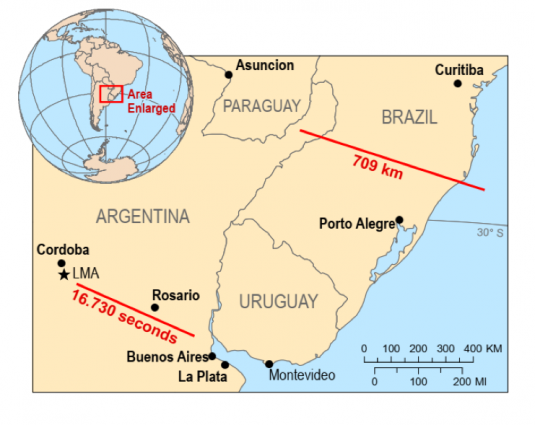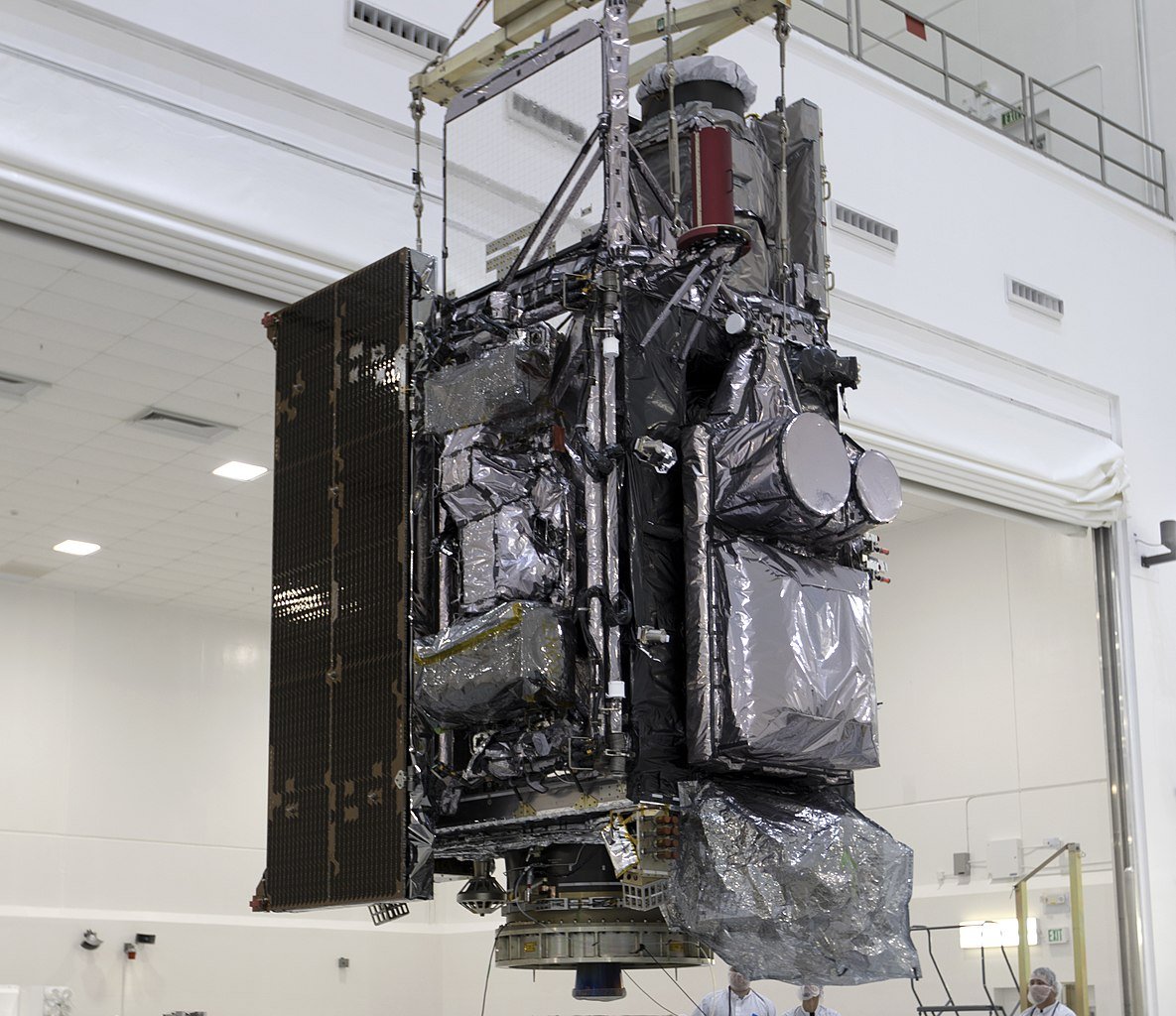We are witnessing more and more extreme weather phenomena these days. Two bizarre, record-breaking 'megaflashes' are a perfect example of this. One lasted for over 17 seconds, while the other covered an incredible horizontal distance of approximately 477 miles.
Both of them have now been verified by the WMO (World Meteorological Organization) as published in the Bulletin of the American Meteorological Society.
Image Credit: Efired via Shutterstock
Let's start by explaining what a 'megaflash' (as these types of record-breaking lightning flashes are called) is.
According to AMS (the American Meteorological Society), a Megaflash is a lightning flash with a (horizontal) length of 100km (about 62 miles) or more. Because the distances covered by these megaflashes are so large, they usually last for over 5 seconds.
The previous record for the longest-lasting 'megaflash' was 16.73 seconds. It occurred over the northern parts of Argentina back in 2019
The longest-lasting lightning flash ever recorded
The new record-breaking lightning flash developed continuously for over 17 seconds (17.102 +- 0.002 seconds to be exact). Never before has the sky been lit up for so long by lightning.
The new record holder for longest-lasting lightning flash - (Image Credit: World Meteorological Organization / amalgamated by Universal-Sci)
It seems that people living in northern Argentina are exposed more often to record-breaking lightning flashes because the new record-breaking megaflash occurred during a thunderstorm over the South American country Uruguay and the northern parts of Argentina on the 18th of June, 2020.
The longest distance covered by a lightning flash that has ever been recorded
The second record-breaking lightning flash that the WMO has confirmed concerns a megaflash that occurred on the 29th of April 2020. On that day, a massive thunderstorm occurred in the southern United States (covering parts of Texas, Louisiana, and Mississippi).
The largest distance covered by a lightning flash ever recorded - (Image Credit: World Meteorological Organization / amalgamated by Universal-Sci)
The megaflash covered a distance of 477.2 miles (+- 5 miles), beating the previous record that occurred across parts of southern Brazil in 2018 by a significant margin of 36.6 miles (the total distance covered by that megaflash was 440.6 miles).
Previous record holders - (Image Credit: World Meteorological Organization)
Professor Randall Cerveny, the rapporteur of Weather and Climate Extremes for WMO, stated that these are extraordinary records from single lightning flash events.
The new megaflashes transpired in hotspots for Mesoscale Convective System (MCS) thunderstorms, whose dynamics allow for exceptional strikes to occur – specifically, the La Plata basin in South America and the Great Plains in North America.
How did scientists verify the record-breaking megaflashes?
Former record-breaking megaflashes have been verified employing data gained from so-called ground-based Lightning Mapping Array (LMA) networks.
Using LMA networks has its limitations as previous records touched on the upper boundaries of what could be observed with this technology. In order to verify more extensive lightning phenomena, researchers needed technology capable of observing a larger domain.
Recent advancements in space-based lightning mapping offer the capacity to measure flash extent and duration over broad geospatial domains continuously.
Consequently, the new record flashes were verified by R-series GEOS satellites using special instruments called Geostationary Lightning Mappers.
GEOS-17 (designated pre-launch as GOES-S) at the Astrotech Space Operations Facility - (Image Credit: NASA Kennedy)
According to Cerveny, it is likely that even greater extremes still exist and that scientists will be able to observe them with these and future lightning detection improvements.
Dangerous
It is important to note that, although lightning is a gorgeous natural phenomenon, it can also be very dangerous.
As reported by Professor Petteri Taalas, WMO Secretary-General, lightning is a significant hazard that claims many lives each year. Taalas: ''The findings highlight important public lightning safety concerns for electrified clouds where flashes can travel extremely large distances,''
If interested, be sure to check out the article we have written describing some valuable tips on what to do if you get caught in a lightning storm.
Sources and further reading:
New WMO Certified Megaflash Lightning Extremes for Flash Distance (768 km) and Duration (17.01 seconds) Recorded from Space - Bulletin of the American Meteorological Society)
What causes lightning? - Universal-Sci
How far away was that lightning? - Universal-Sci
If you enjoy our selection of content, consider subscribing to our newsletter - (Universal-Sci Weekly)
FEATURED ARTICLES:














